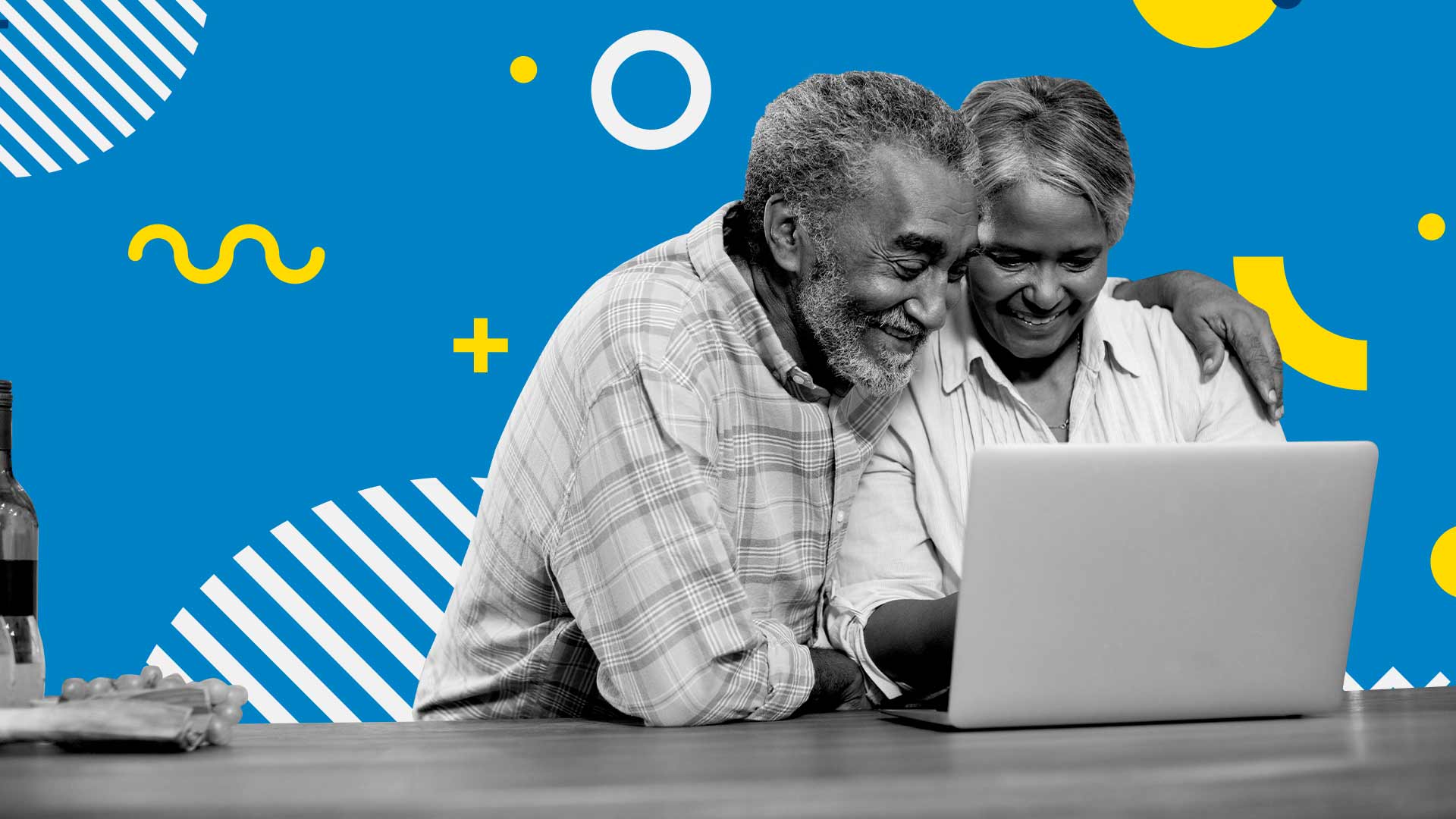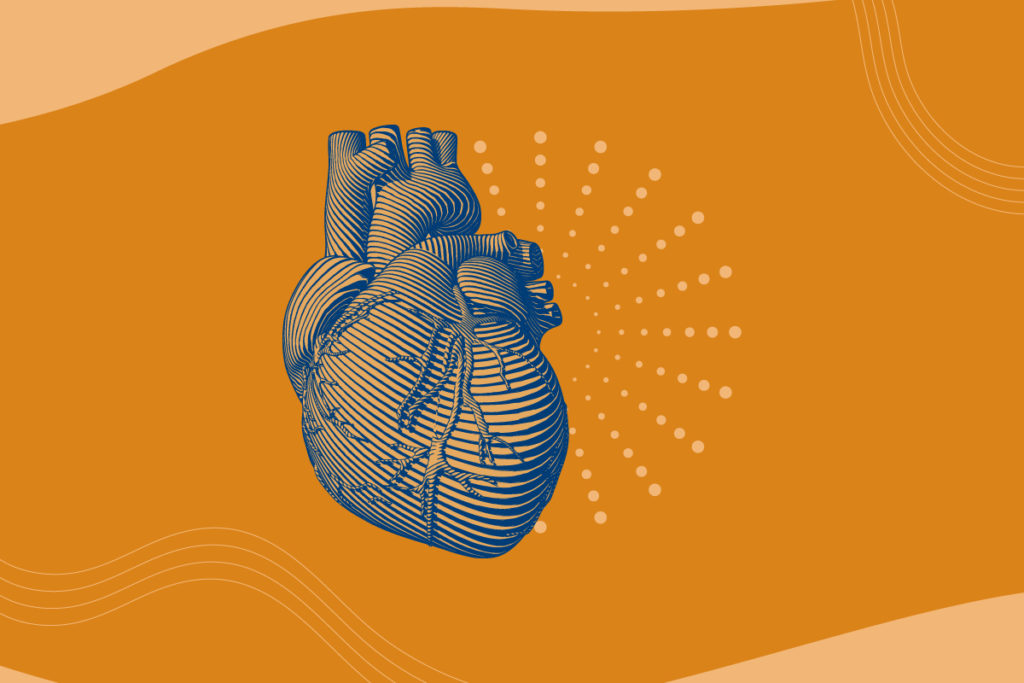
Some of the links on this page may link to our affiliates. Learn more about our ad policies.
7 Ways Technology Has Improved Senior Care
Updated on: December 2022

Seniors make up more than 13 percent of the United States population (43 million people), according to the Census Bureau. That number is growing every year as a result of to the baby boomer generation. More than half of the baby boomers living in the country—around 76 million of them—are not classified as seniors yet, so it’s crucial that they become more aware of the many facets of senior care and senior care technology.
For centuries, seniors have been taken care of somewhat routinely: there’s a doctor (who diagnoses and maintains medication needs) and caregiver (a family member or a group of nurses who look(s) after the daily needs). They may then require assistance due to a variety of issues, which include:
- Lack of mobility
- Memory loss (due to aging or diseases like Alzheimer’s or Parkinson’s)
- Loss in vision or hearing
- Loneliness
Thankfully for baby boomers, though, they may just be aging at the best time. That’s because technology has never been better for senior care. Over the last 10 to 15 years, with the increasing development of smartphones and advanced GPS, senior care has vastly improved thanks to the technology associated with these advancements. Sometimes, seniors can be taken care of without a human even present.
But first, let’s look at how technology has helped the spreading of medical information.
Find What You Need
Internet of (Medical) Things
The Internet of Things is a pretty simple concept: it’s the connection of devices that can be turned on and off via an Internet connection, allowing for the sharing of data. This applies in the medical world, too, thereby creating the Internet of Medical Things (IoMT).
The more professionals in the medical world are connected to each other, the more they can learn from one another. According to Cognizant, “The entire (medical) ecosystem – caregivers, patients, payers and providers – is experiencing a new level of engagement that results from remotely monitoring patients and remotely maintaining connected equipment, thereby providing visibility and insights about exercise regimens, diet and vitals.”
The medical world has started to use this type of information sharing to help seniors with their medications schedules, vital signs, and implants to assist with their health. Many of the other senior care technology we’ll look at—seven of them—include the IoMT. They focus on the quick spreading of information all in the name of helping seniors in the best possible ways.
GPS Services
GPS (Global Positioning System) has been around for decades, but in the last 10 years, two features have greatly improved: location accuracy and the detail that the system of satellites is able to convey.
Now, how does this help with senior care? Primarily, GPS can help locate a senior who may become lost. Elders with memory issues stemming from dementia and Alzheimer’s disease have a habit of wandering, which could mean getting disoriented or lost even if the senior knows the location well. “More than 60 percent of those with Alzheimer’s or another form of dementia will wander,” the Alzheimer’s Association said. “If a person is not found within 24 hours, up to half of individuals who wander will suffer serious injury or death.”
The need to locate seniors is tremendous, and having updated GPS services and technology can help with that. For example, there are companies that produce GPS trackers that can be ironed into clothing, placed in soles of shoes, or put in handbags. You can place these systems in seniors’ routine clothing accessories, and they can be easily found if they aren’t where they’re supposed to be.
Cameras
Elder abuse is a real issue for seniors. The National Council of Aging says that about one in 10 adults over the age of 60 faces some sort of abuse, whether it’s physical, emotional, sexual, neglect, or some other form. “Some estimates range as high as 5 million elders who are abused each year,” the NCOA reported, noting that only one in every 14 cases of abuse are usually reported to authorities.
Cameras can help with that. They allow seniors’ families or caretakers to make sure seniors are being treated properly. Nurses have been caught on camera taking advantage of elders, for instance. Cameras also help health professionals track the movements of elders with health and mental issues when they aren’t around, noticing their habits and tendencies.
If a senior doesn’t like the invasiveness of a camera watching them throughout the day, there are alternatives like sensors. By installing these small, wireless pieces of technology, you can keep track of how active a person is. And if the sensors pick up on changes in activity, they can send an automatic notification (via text, phone, or email) that something may be wrong. In other words, if a senior isn’t getting out of bed at a certain time or entering the bathroom to get medication when they’re supposed to, these sensors can let you know.
Phone Apps
Phone applications are one of the biggest advancements in technology that has helped both seniors and caregivers in a number of ways. With any basic smartphone, seniors can monitor things like their medication, heart rate, and location (if they’re someone with memory loss and may suddenly not know where they are).
Just as important, though, apps are quite helpful for family and caregivers. The information they collect can be transmitted to doctors to help see how seniors are impacted as they age, from their mobility to how medication is affecting them. Apps also allow family members to keep track of their seniors and know where they are at all times, which can be particularly useful if they notice the family member’s activity has decreased.
In their simplest forms, apps also help keep seniors occupied. A study found that most seniors like to occupy their time with reading and “pursuing religious activities.” There are endless apps that have been developed to help seniors stay informed with news, and other apps allow seniors to read their favorite books.
Virtual/Robot Assistants
There are devices available that allow seniors to get help and also receive a better understanding of their medical duties for the day (taking prescription, exercising the best they can, etc.) without a person being present to remind them.
There are apps for touchscreen tablets, many of which come with automated voices, that applications allow seniors to feel as if someone is there to help them. This provides a sense of community, which is imperative to seniors as they age, especially if they’re aging alone. There are also robots (yes, robots!) that seniors can have roaming their homes to remind them to take medications, browse digital content, listen to their favorite music, connect with family, and music more.
Emergency Response Services
You’ve seen the commercials: “I’ve fallen, and I can’t get up!”
Life Alert revolutionized senior care two decades ago when they started developing emergency response services (ERS) for seniors who’ve fallen or gotten hurt when they’re alone and with no help around. Over the next 20 years, they (along with technology firms around the world) have improved these systems vastly with new technology.
Lack of mobility, sight, and hearing can put seniors in severe danger when they’re alone. ERSs have advanced (with the help of GPS) with locating seniors and getting someone out as quickly as possible to help. The ERS world has also developed unique gadgets to help seniors in the action of falling. One company developed a safety belt that deploys airbags around the hips when it notices a senior is falling. The belt then relays a signal to a device that gets emergency responders to their location as soon as possible.
Medication Assistance
A study reported that, between 2011 and 2014, almost 40 percent of seniors had to take five or more prescription drugs (often daily) over a 30-day period. Another report found that an American senior averages having to manage 14 prescription drugs at one time. “A recent study by USA TODAY says that ‘hundreds of thousands of seniors’ are misusing prescription drugs because of ‘a medical community that often is quick to offer narcotic painkillers, anxiety medications and other pharmaceuticals for everything from joint pain to depression,’” the report noted.
While the problem of how many prescription drugs are issued is another problem itself, there are solutions that recent advances in technology offer to help seniors manage their current prescriptions outside of a basic transparent bottle or blue pill box.
There are pill boxes with alarms that allow seniors to know what exact pill they need to take and when they need to take them. There are companies out there developing and selling smart pill bottles, too, connecting their medications to doctors and pharmacies for data on how often patients are taking their medication. It also sends signals (like a text message or phone call) letting seniors know it’s time to take their medication in case they forget.
Patches/Implants
The health issues associated with aging can be a lot to take care of all at once, as we noted when it comes to confusion with medications. Some of these issues can be relieved with advanced patches and implants.
As people get older, they become more prone to type 2 diabetes. Elders’ bodies can feel achy or low-energy at various points of the day. Rather than being unsure of your glucose levels, there are glucose sensors that allow you to simply wave a transmitter over to let you know if you know if you need help or not. “I think it brings specific benefits that conventional continuous glucose monitors [CGMs] don’t have, such as being able to take off the transmitter without removing the sensor, which normally you wouldn’t be able to do,” said Dr. Jort Kropff of the University of Amsterdam.
Technology like this can help alleviate the stress that seniors face when taking care of themselves. They can also help provide vital data and trends that can later be reported to doctors to help seniors develop the best plan of care.
Sources
- https://www.upi.com/133-percent-in-US-are-seniors/75971362689252/
- https://www.cognizant.com/whitepapers/how-the-internet-of-things-is-transforming-medical-devices-codex1945.pdf
- https://www.alz.org/norcal/in_my_community_18411.asp
- https://www.ncoa.org/public-policy-action/elder-justice/elder-abuse-facts/
- http://www.fox25boston.com/news/hidden-camera-captures-nursing-aides-abusing-grandmother/503393355
- https://www.glynndevins.com/blog/2011/12/10-powerful-senior-living-statistics/
- https://www.cdc.gov/nchs/data/hus/hus16.pdf#079
- https://novusdetox.com/new-statistics-prescription-drug-addiction-rising-among-seniors
- https://login.medscape.com/login/sso/getlogin?urlCache=aHR0cHM6Ly93d3cubWVkc2NhcGUuY29tL3ZpZXdhcnRpY2xlLzg2OTMxMg==&ac=401

